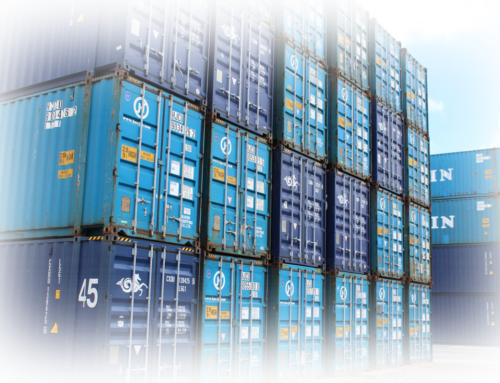According to Drewry, UK based maritime analysts scrapping of vessels with capacities less than 6.000 TEU will have only minor effects on the overcapacity the maritime is suffering from at the moment.
According to their latest reports it is imperative that bigger and younger vessels require to be scrapped in an attempt to slowdown overcapacity while mega ships enter the market. During 2015
only 47 vessels were scrapped for a total capacity of only 87.500 TEU, cutting 50% on last year’s scrapping volumes.
It looks this year we are heading to a record low since 2011 as the scrapped tonnage is only 10% of the new buildings entering the industry. The worldwide container fleet is quickly reaching for a 20 million TEU capacity due to the rapid entering of the mega vessels in the market.
Owners have been reluctant lately to scrap older ships because prices are down and demand for panama type vessels has been renewed. This comes as a results from carriers diverting cargo away from congested US west coast ports to avoid labour difficulties.
There are 40 vessels with a capacity of 4.000 TEU that are presently older than 20 years, meaning that scrapping candidates will have only 2.000-TEU or less.
Panamax ships will become first choice candidates for scrapping when the new expanded Panama Canal will open allowing passage of 13.000 TEU ships. If all ships aged 20 years and more were to be demolished, the global container fleet would we cut by 750.000 TEU totaling 4% of the global capacity.
But that would not affect utilization on the Asia-Europe trades wouldn’t budge more than 1%. According to Drewry’s view, scrapping will pick up slightly during 2016, unless owners demolish younger and bigger ships overcapacity is to stay, along with weak freight rates that squeeze profitability.


